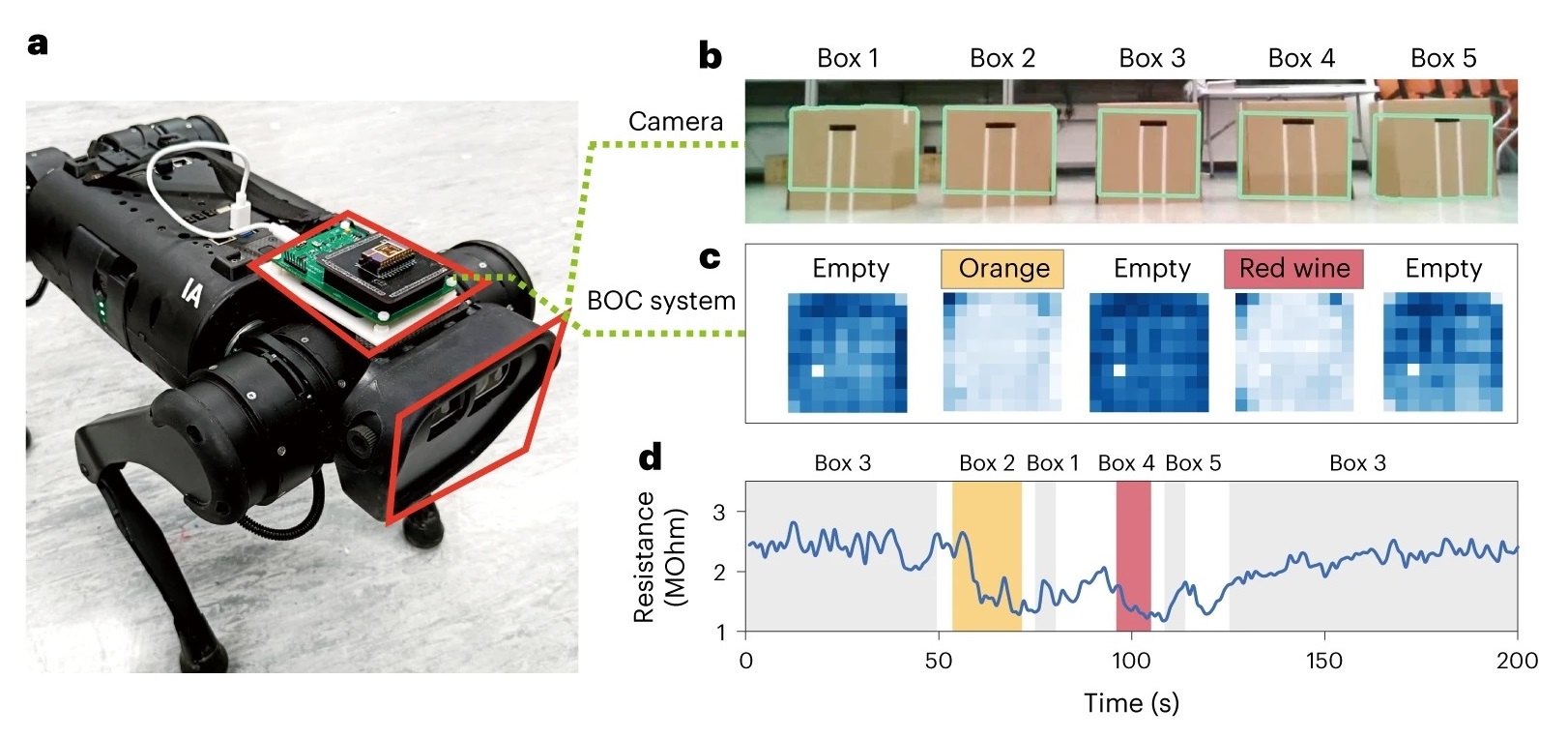
Nanotechnology
Biomimetic olfactory chips with nanotube arrays for superior fuel sensing – Insta News Hub
- by nsubhash
- March 29, 2024
- 0 Comments
- 3 minutes read
- 35 Views
- 10 months ago








